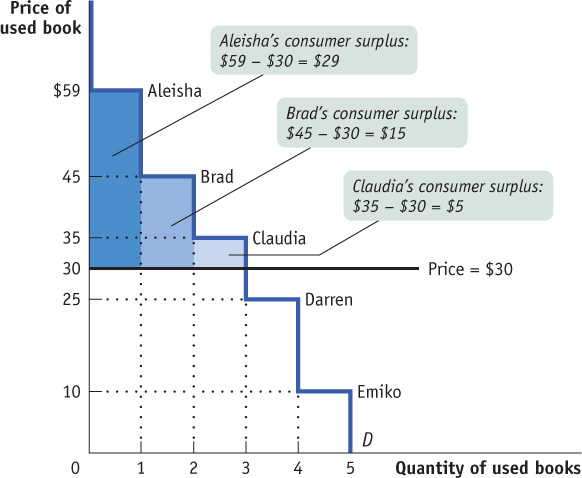
Figure4-2Consumer Surplus in the Used- a—